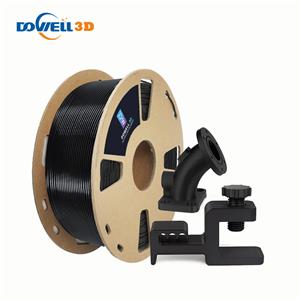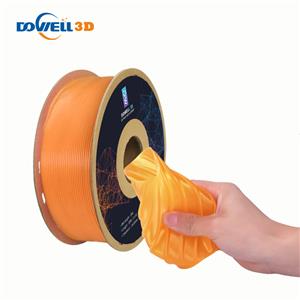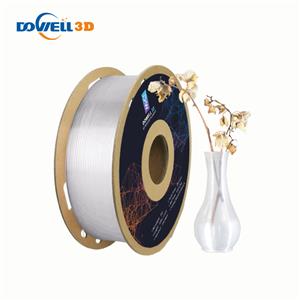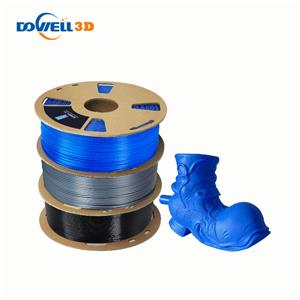6 methods post-processing for 3D printing
6 methods post-processing for 3D printing
Six post-processing methods for 3D printing
The products produced by many ordinary 3D printers are flawed, and the surface is usually rough, Whether it's FDM printing or other technologies, whether it's big car printing parts or small industrial parts, whether you print common or rare consumables like pla, petg, abs, asa, carbon fiber, nylon, wood, etc., so that the desired result cannot be achieved, and it may also cause some waste of cost. Let me share today how to deal with this problem.
1. Sanding:
Sandpaper is the most common grinding tool. It should be noted that some water should be added before grinding to prevent the material from being too hot and fluffing. Generally, there are (400/600/800/1000/1200/1500) the lower the number, the bigger the sandpaper particles, and the printing sequence starts with the lower number, but because the surface flatness of the printed items is not the same, it is not necessary to completely Come in a fixed order. You can also go directly to 800 after using up 400, mainly according to the actual situation at the time.
2. Acetone polishing:
Acetone can also dissolve the ABS material, so the ASB model can also be polished with acetone, mainly by fumigation of the 3D model with acetone steam to complete the polishing. PLA materials cannot be polished with acetone. It should be noted that acetone is a harmful chemical substance. It is recommended to operate in a well-ventilated environment and wear safety equipment such as gas masks.
3. PLA polishing liquid:
In fact, it is acrylic glue diluted with water, and the main component is a mixed solvent such as chloroform or chlorinated alkanes. The operation steps are to put the polishing liquid into the operating vessel, then hang the model on the base of the model with a wire or a rope and put it into the vessel with the added polishing liquid for soaking. The soaking time should not be too long, about 8 seconds is enough. Like acetone, PLA polishing fluid is also a toxic substance and is recommended to be used with caution.
4. Surface sandblasting:
This is also a very common polishing method, and it can also ensure a smooth surface treatment. The operator holds the nozzle and polishes the model. The principle is to use compressed air as the power, which has caused a high-speed jet beam to spray the material on the surface of the model to be processed to achieve the effect of polishing. Sandblasting is faster than grinding. Sandblasted surfaces can be used for smoothing regardless of model size.
5. Adhesive assembly:
Some super-sized and multi-part or disassembled printed models often need to be glued. To complete the bonding, it is best to apply the glue at the point of time, and then fix it with a rubber band, which effectively promotes the bonding process more closely. If there are gaps in the model or the roughness of the contact is encountered during the bonding process, Bondo glue or filler can also be used to smooth it.
6. Model coloring
Painting method: The operation is relatively simple, and it is more suitable for small models or detailed parts of the model to be painted. In order to be able to spray the ideal effect, the test spraying must be completed before the painting is completed to check the operation and whether the concentration is appropriate, and it can also effectively prevent waste of resources. The paint spraying method can also be used to evenly spray the paint on the surface of the model, which greatly saves time.
Hand-painted method: it is more suitable for dealing with complex details. When coloring, you need to use "#" to apply it back and forth two to three times, which can lighten the strokes caused by hand-painting and make the color even and full. So that the paint can be painted more smoothly and evenly, you can also drop some solvent in the palette to complete the dilution.




